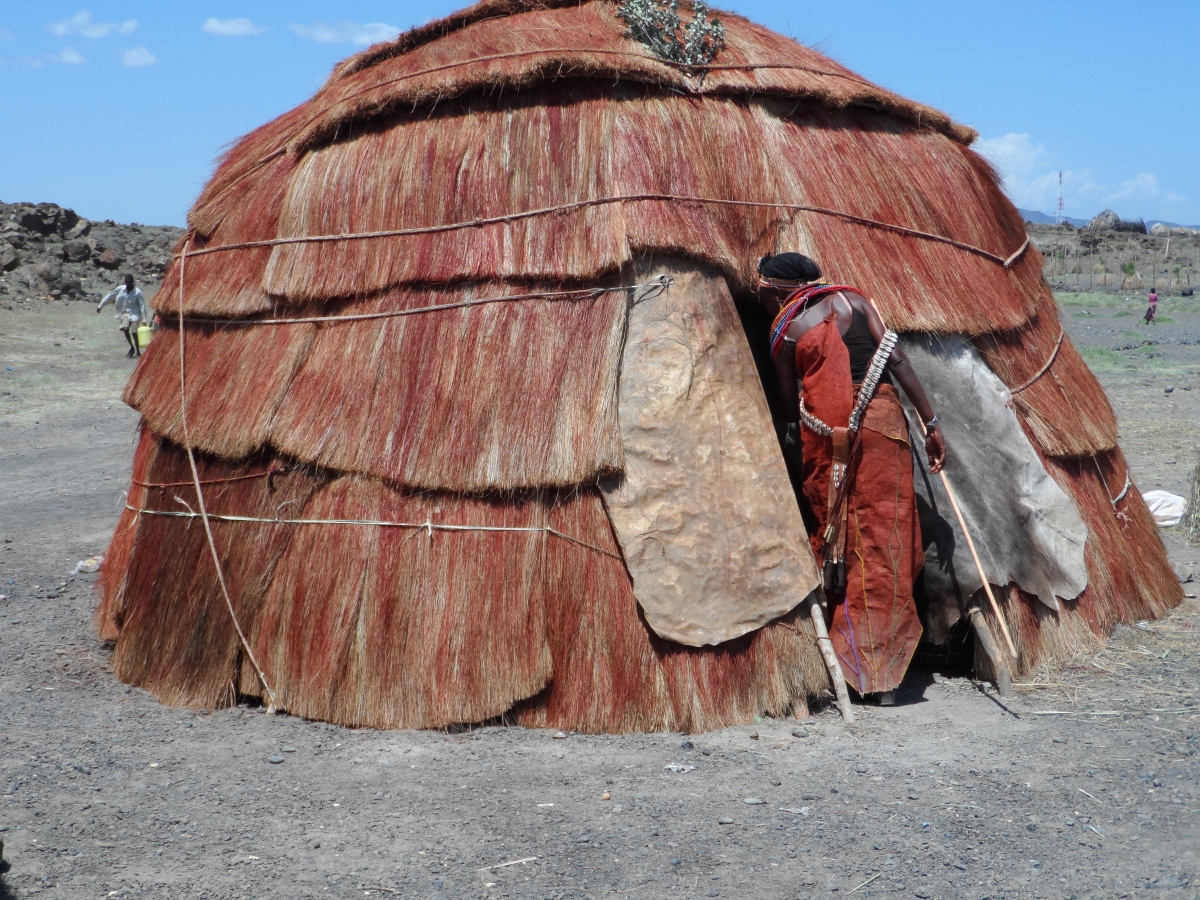
South Island National Park-Kenya
South Island National Park-Kenya in Loyangalani. Designated a World Heritage Site by Unesco in 1997, this 39-sq-km purplish volcanic island is completely barren (minus some rock art) and uninhabited, apart from large populations of crocodiles, venomous snakes and feral goats
Covered end to end in volcanic ash, the nightly glow of its South Island’s luminous vents has inspired numerous tales of ghosts and evil spirits. The island is home to a profusion of birdlife including 34 species of European migrants most spectacularly viewed as they return home between March and May. At least 23 species breed here, including Goliath heron, and African skimmer, while African open-billed stork, Duck and Gulls feed on the shores and the volcanic island lakes attract lesser flamingos. Birds of prey are also abundant, especially swallow-tailed kites. This park is ideal for game watching and has one of the world’s largest concentrations of crocodiles.
Park activities
Game viewing
Cultural walk
Fishing
How to get there
By Air: Access to Lake Turkana is usually by air and there are two all-weather airstrips. Also in Loiyangalani
By road: The Lake is a three day drive from Nairobi via Marsabit and North Horr, or Maralal and South Horr. Alternatively travel by road from Nairobi to Kalokol on the lake’s western shores, via Kitale and Lodwar. From Kalokol boat hire services are available to Central Island.
Attractions:
Crocodiles breed on the shores of the island’s crater lakes between April and May. The baby crocodiles can be heard squeaking in their eggs. These are buried deep beneath the sand to escape the predatory attentions of monitor lizards and raptors. Their cries bring their parents scurrying to dig them out and carry them down to the water’s edge, where they spend their first months.
Venomous reptiles and prehistoric fish
The islands are home to a profusion of bird-life (over 84 water bird species). These include 34 species of European migrants most spectacularly viewed as they return home between March and also in May. At least 23 species breed here, including Goliath heron, and African skimmer.However, the African open-billed stork, Duck and Gulls feed on the shores and also the volcanic island lakes attract lesser flamingos. Birds of prey are also abundant, especially swallow-tailed kites






